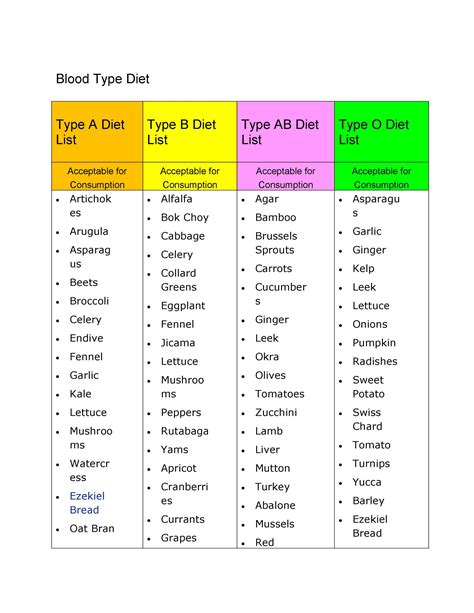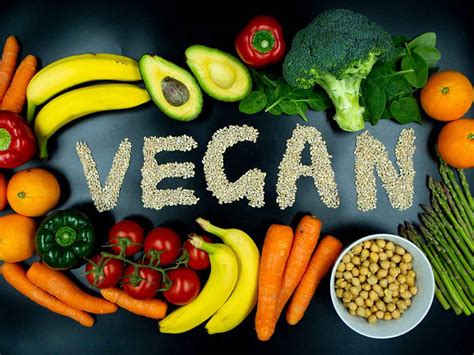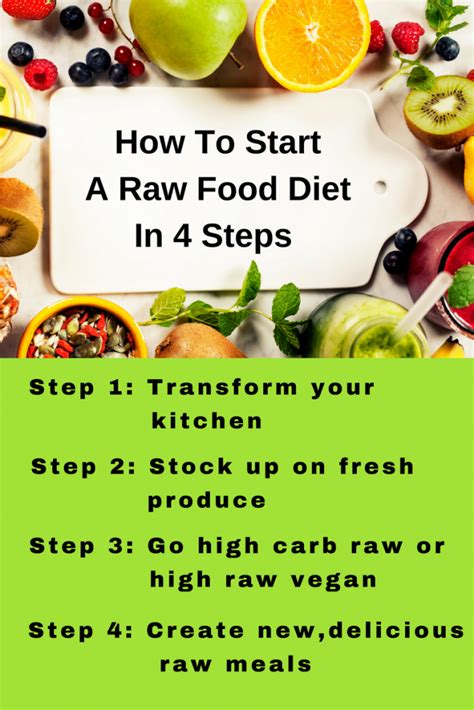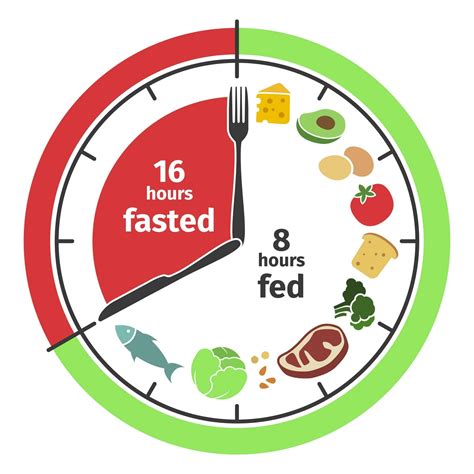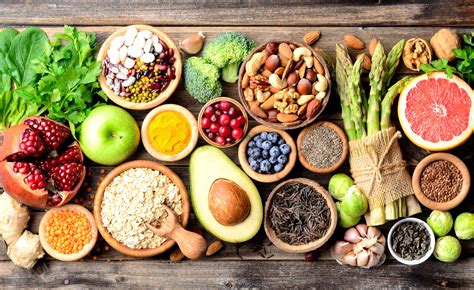Discover what semi-vegetarianism is, its health benefits, common myths, and how to transition to this flexible and sustainable diet. Explore different types of semi-vegetarian diets.
What is Semi-Vegetarianism?
Contents
What is Semi-Vegetarianism?
Semi-vegetarianism is a dietary pattern that is primarily plant-based, but also includes the occasional consumption of meat or fish. This type of diet is also commonly referred to as a flexitarian diet, as it allows for flexibility in food choices and does not strictly adhere to vegetarian or vegan principles.
Those who follow a semi-vegetarian diet typically focus on consuming fruits, vegetables, whole grains, and legumes, while occasionally incorporating small amounts of animal products into their meals. The main idea behind semi-vegetarianism is to promote a more plant-centric eating pattern while still allowing for some flexibility in food choices.
It’s important to note that there are different variations of semi-vegetarian diets, with some individuals choosing to limit their meat and fish intake to a few times per week, while others may only include animal products in certain meals or on specific days of the week.
Overall, semi-vegetarianism promotes a balanced approach to eating, where the focus is on incorporating a wide variety of plant-based foods into one’s diet, while also allowing for some flexibility with the inclusion of animal products.
Health Benefits of Semi-Vegetarianism
Semi-vegetarianism is a type of diet that is centered around the consumption of plant-based foods, but also includes the occasional intake of animal products. Many people choose to follow a semi-vegetarian diet for a variety of reasons, including health benefits. One of the key advantages of this dietary approach is the potential to reduce the risk of chronic diseases such as heart disease, diabetes, and certain types of cancer. By focusing on a plant-heavy diet, individuals can decrease their intake of harmful saturated fats and cholesterol found in animal products, leading to improved overall health.
Additionally, a semi-vegetarian diet can aid in weight management and promote weight loss for those looking to shed excess pounds. Plant-based foods are typically lower in calories and higher in fiber, which can help individuals feel fuller for longer periods of time and reduce the likelihood of overeating. This can be especially beneficial for individuals struggling with obesity or looking to improve their body composition.
Furthermore, semi-vegetarianism is associated with a reduced environmental impact compared to traditional omnivorous diets. By reducing the consumption of meat and animal products, individuals can contribute to lowering greenhouse gas emissions, preserving water resources, and reducing deforestation, among other environmental benefits. This can be a significant motivating factor for individuals looking to make more sustainable dietary choices.
In addition, a semi-vegetarian diet can improve digestion and gut health due to the high fiber content of plant-based foods. Fiber plays a crucial role in maintaining a healthy digestive system and can help prevent issues such as constipation and diverticulosis. Incorporating a variety of fruits, vegetables, whole grains, and legumes into one’s diet can contribute to a balanced and nourishing gut microbiome.
Types of Semi-Vegetarian Diets
Semi-vegetarianism, also known as flexitarianism, is a dietary approach that emphasizes plant-based foods while allowing limited consumption of meat and other animal products. There are several types of semi-vegetarian diets, each with its own set of guidelines and restrictions.
One type of semi-vegetarian diet is the pescatarian diet, which includes fish and seafood in addition to plant-based foods. Pescatarians typically avoid other types of meat such as beef, pork, and poultry, but include fish and shellfish in their diet for added protein and omega-3 fatty acids.
Another type of semi-vegetarian diet is the pollotarian diet, which includes poultry such as chicken and turkey, but excludes red meat and seafood. Pollotarians may choose to include eggs and dairy products in their diet, making it a flexible option for those who want to reduce their meat intake without completely eliminating it.
Some individuals may follow a lacto-ovo vegetarian diet, which allows for the consumption of dairy products and eggs while avoiding meat and fish. This type of semi-vegetarian diet is popular among those who may have concerns about getting enough protein and nutrients from a purely plant-based diet.
Finally, there is the flexitarian diet, which is less strict than other semi-vegetarian diets and allows for occasional consumption of meat and animal products. Flexitarians primarily focus on increasing their intake of plant-based foods while still enjoying the occasional serving of meat, poultry, or seafood.
Transitioning to a Semi-Vegetarian Diet
Transitioning to a Semi-Vegetarian Diet can be a significant lifestyle change, but it doesn’t have to be daunting. If you’re used to consuming a diet high in animal products, it’s important to start by gradually incorporating more plant-based foods into your meals. This can be as simple as swapping out one meat-based meal for a vegetarian option each day. By slowly reducing your meat consumption, you can allow your palate and digestive system to adjust to a Semi-Vegetarian Diet more comfortably.
When transitioning to a Semi-Vegetarian Diet, it’s also important to explore different protein sources. While meat is a common source of protein, there are plenty of plant-based options to choose from, such as legumes, tofu, tempeh, and seitan. Incorporating a variety of protein-rich foods into your meals will help ensure that you’re meeting your nutritional needs while transitioning to a Semi-Vegetarian Diet.
Another important aspect of transitioning to a Semi-Vegetarian Diet is to be open to trying new recipes and foods. Embracing a variety of fruits, vegetables, grains, and legumes will not only provide you with a diverse array of nutrients, but it will also add excitement and flavor to your meals. Exploring different cuisines and cooking techniques can help make the transition to a Semi-Vegetarian Diet an enjoyable and fulfilling experience.
It’s also helpful to seek out support and resources when transitioning to a Semi-Vegetarian Diet. Finding online communities, cookbooks, and blogs that provide guidance and inspiration can make the process feel less isolating. Additionally, seeking advice from a nutritionist or dietitian can help ensure that you’re maintaining a balanced and healthy diet as you transition to a Semi-Vegetarian Diet.
Common Myths About Semi-Vegetarianism
Common Myths About Semi-Vegetarianism
There are several misconceptions surrounding the concept of semi-vegetarianism, which often lead to confusion and misunderstanding. It is important to address these myths and provide accurate information to help individuals make informed decisions about their dietary choices.
One common myth about semi-vegetarianism is that it is not a sustainable or healthy diet. However, numerous studies have shown that a semi-vegetarian diet can provide all the necessary nutrients and benefits of a balanced diet, including a reduced risk of chronic diseases such as heart disease, diabetes, and cancer.
Another misconception is that semi-vegetarianism lacks variety and flavor. In reality, there are countless delicious and nutritious plant-based recipes that can be enjoyed as part of a semi-vegetarian diet. Embracing a diverse range of fruits, vegetables, grains, and legumes can offer a rich and satisfying culinary experience.
Some people also believe that semi-vegetarianism is too restrictive and difficult to maintain. However, there are various types of semi-vegetarian diets, including flexitarian and pescatarian, which allow for flexibility and personalization. Transitioning to a semi-vegetarian diet can be a gradual and manageable process, and there are plenty of resources and support available to help individuals make the transition successfully.
Overall, it is essential to debunk these myths and promote a more accurate understanding of semi-vegetarianism. By addressing these misconceptions, individuals can make informed decisions about their dietary choices and explore the many benefits of incorporating more plant-based foods into their lifestyle.


